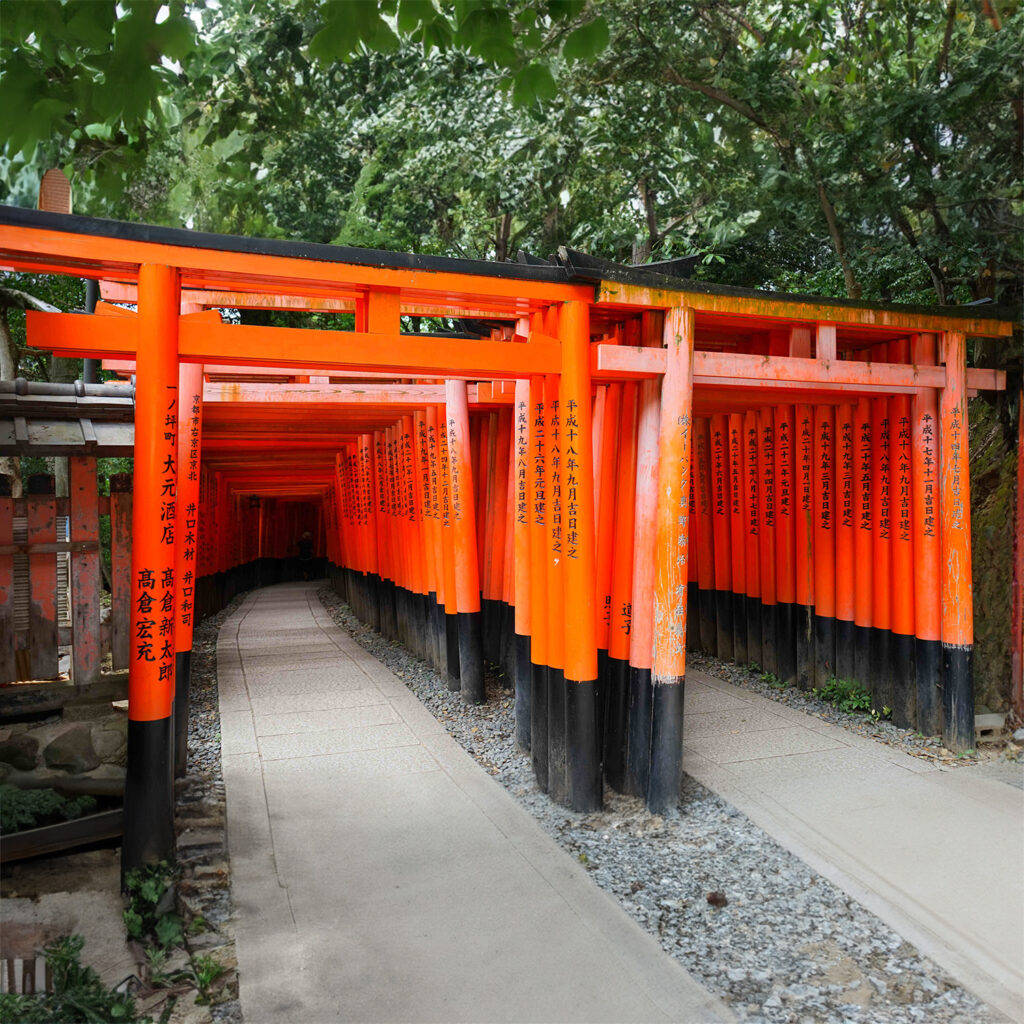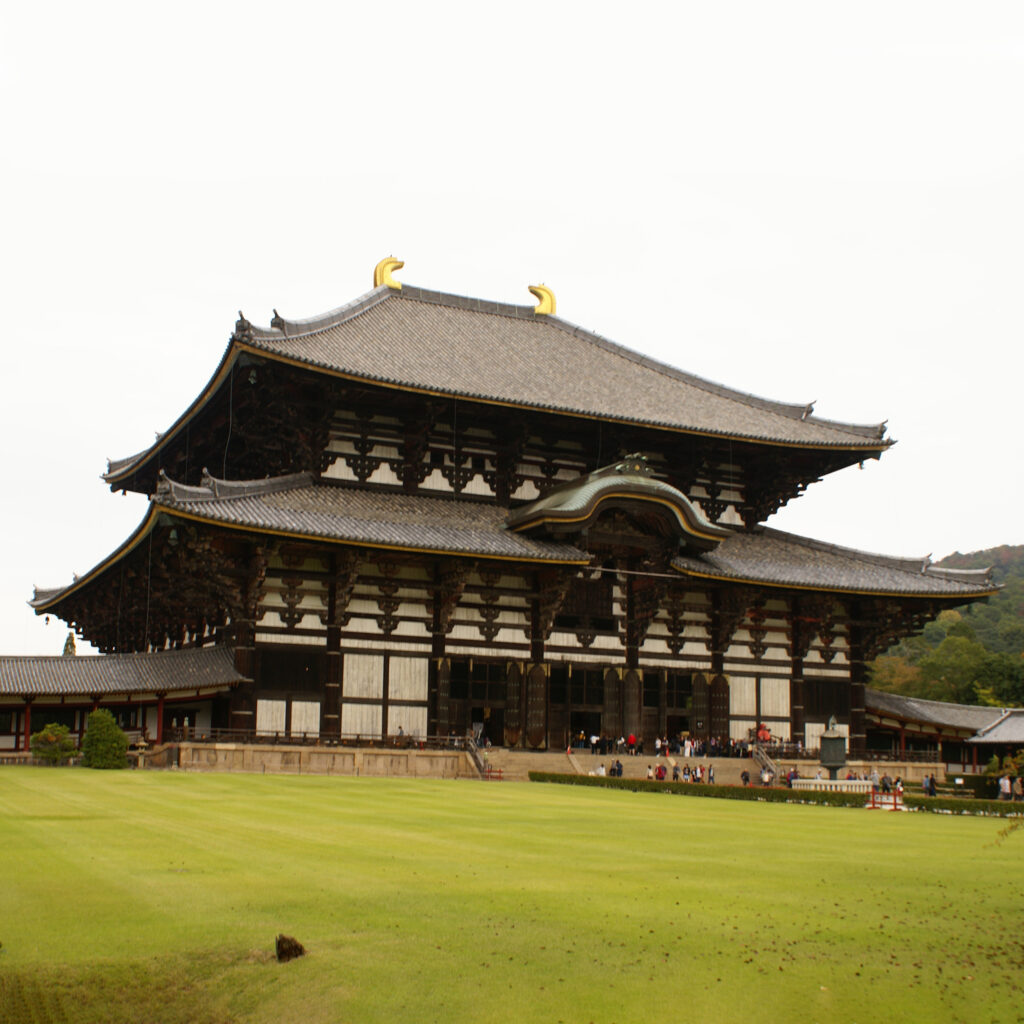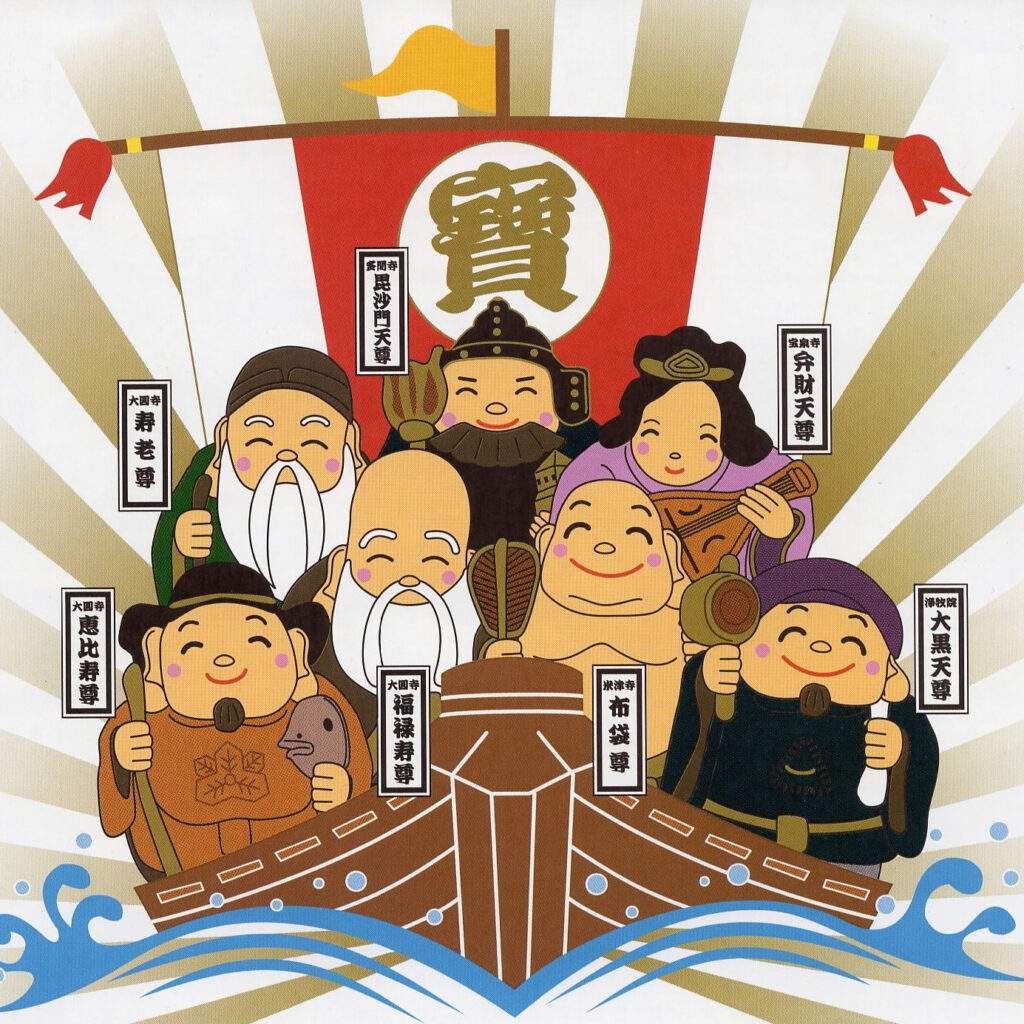Fushimi Inari Temple, located in Kyoto, is one of Japan’s most iconic shrines. Known for its thousands of scarlet torii gates lined up in a winding mountainside path, this fascinating tourist destination attracts millions of visitors every year. In this article, we will delve into the history, cultural significance, and incredible beauty of Fushimi Inari Temple.
1. History and Origins of Fushimi Inari Temple
Fushimi Inari Temple, also known as Fushimi Inari Taisha, was founded in the 8th century and is dedicated to Inari, the goddess of rice, agriculture and commercial prosperity. Its origin dates back to the year 711 when Emperor Seimu ordered the construction of the temple to protect the crops and business of the region. Over the centuries it gained popularity with merchants and businessmen, who prayed to Inari for prosperity and success.
2. Cultural Significance and Symbolism
The fox, or kitsune in Japanese, is closely associated with Inari. These legendary creatures are considered the messengers and protectors of Inari, and are often found depicted in statues and ema (votive tablets) in the temple. The scarlet torii that line the path are another important symbol of Fushimi Inari Temple. They represent the doors between the world of humans and that of the gods. Each torii was donated by individuals or companies as a form of gratitude for the benefits received.
3. The Thousand Torii Trail Experience
One of the most memorable experiences at Fushimi Inari Temple is hiking along the Thousand Torii Trail. This sacred path winds through the forest and leads to the summit of Mount Inari, offering panoramic views of Kyoto. Visitors can choose to take a short walk or a full hike which takes around 2-3 hours. The scarlet torii create a visually striking tunnel, making this walk an unforgettable experience.
4. Tips for Visitors
– Arrive early: Fushimi Inari Temple is extremely popular, so to avoid the crowds, it is advisable to arrive early in the morning.
– Dress comfortably: The hike can be demanding, so wear comfortable walking shoes and appropriate clothing.
– Explore the secondary paths: Most visitors only do the first part of the main trail, but there are many less traveled secondary paths that are also worth the detour.
5. Impact on Cinema and Popular Culture
Fushimi Inari Temple has been featured in many movies, TV shows, and video games both in Japan and overseas. Its scenic beauty and mystical atmosphere have captured the imagination of filmmakers and content creators. It has become an iconic symbol of Japanese culture and also attracts many foreign travelers curious to discover this unique place.
6. Times, Prices and Access to Fushimi Inari Temple in Kyoto
Opening hours:
The Fushimi Inari Temple is open every day of the year. Opening hours may vary slightly depending on the season:
– March to November: 5:00 a.m. to 6:30 p.m. (the main doors remain open all day).
– December to February: 5:30 a.m. to 5:30 p.m. (the main doors remain open all day).
Please note that these times are subject to change, so it is best to check the current times on the temple’s official website before planning your visit.
Admission price:
Entrance to Fushimi Inari Temple is free. You can visit the temple and walk the Thousand Torii Trail at no cost. However, the temple appreciates donations, so feel free to make an offering if you wish.
Access to Fushimi Inari Temple:
Fushimi Inari Temple is located in the south of Kyoto, and it is easily accessible using public transport or a taxi.
By train:
– From Kyoto Station: Take the JR Nara Line to JR Inari Station (2 minutes by train) or take the JR Nara Line to JR Kyoto Station, then transfer to the JR Nara Line to to JR Inari station (5 minutes by train).
– From Osaka Station: Take the JR Kyoto Line to JR Inari Station (30 minutes by train).
By bus:
– From Kyoto Station: Take bus 5, 105 or 205 to Fushimi Inari Taisha-mae stop.
– From Kyoto Station or Uji Station: Take bus 81 to the Fushimi Inari Taisha-mae stop.
By taxi:
You can also get to Fushimi Inari Temple by taxi from most places in Kyoto. Be sure to give the driver the name of the temple in Japanese (Fushimi Inari Taisha) or show him the address written in Japanese.
Once you arrive at the main entrance of the temple, you can start your tour by following the thousand torii trail that will take you through the mountain to the top where you can enjoy magnificent views of Kyoto.
We hope this information will help you plan your visit to Fushimi Inari Temple in Kyoto. Enjoy this unique spiritual experience and the mesmerizing beauty of the scarlet torii that make it one of Japan’s most iconic sites.
Fushimi Inari Temple is more than just a tourist attraction. It represents an essential part of Japan’s history and culture, while captivating visitors with its enchanting beauty. Whether you are interested in history, spirituality or photography, a visit to the Fushimi Inari Temple in Kyoto will be an unforgettable experience, transporting you to a world of scarlet torii and mesmerizing legends.
Sources:
– Japan-Guide.com – “Fushimi Inari Taisha”: https://www.japan-guide.com/e/e3915.html
– Fushimi Inari Taisha Official Website: http://inari.jp/en/
– The Culture Trip – “A Brief History of Fushimi Inari Taisha, Kyoto”: https://theculturetrip.com/asia/japan/articles/a-brief-history-of-fushimi-inari-taisha-kyoto/
– Lonely Planet – “Kyoto’s Fushimi Inari Shrine: Everything You Need to Know”: https://www.lonelyplanet.com/articles/kyotos-fushimi-inari-shrine-everything-you-need-to-know
– Japan Times – “Fushimi Inari Shrine: A Trek into Kyoto’s Sacred Past”: https://www.japantimes.co.jp/life/2015/10/10/travel/fushimi-inari-shrine-trek-kyotos-sacred-past/



